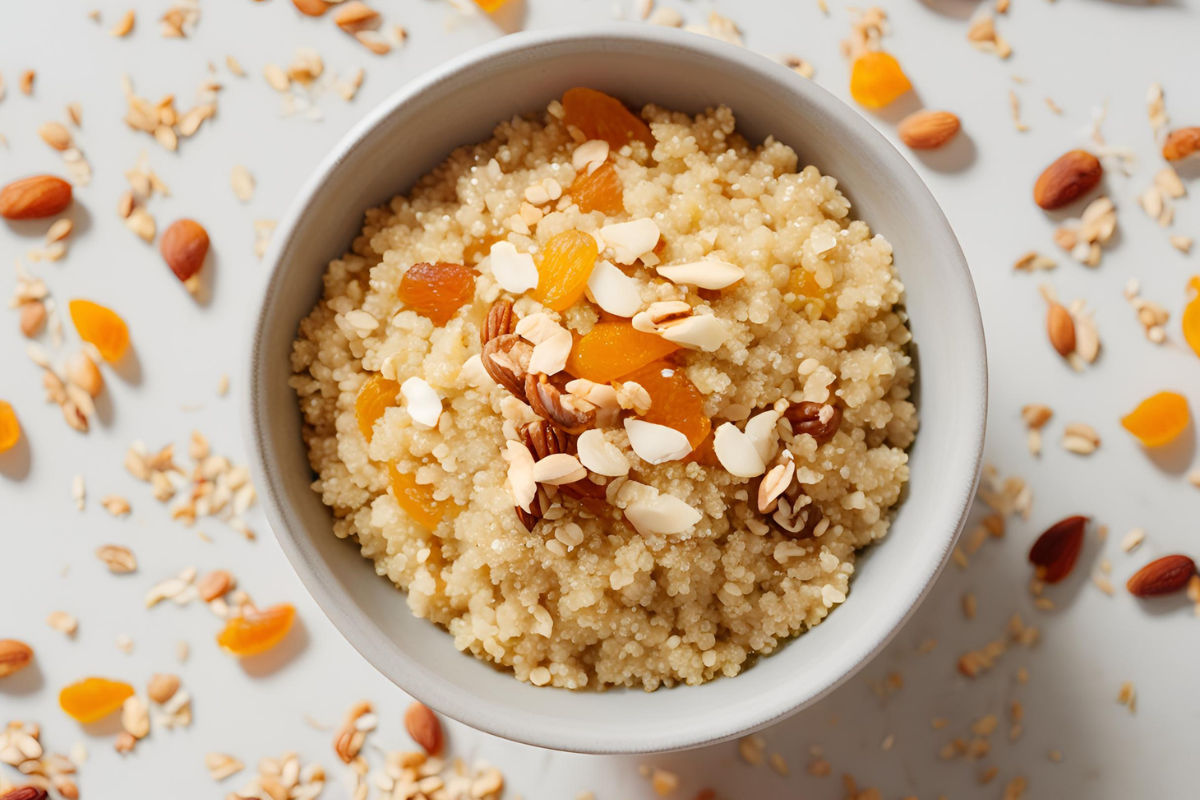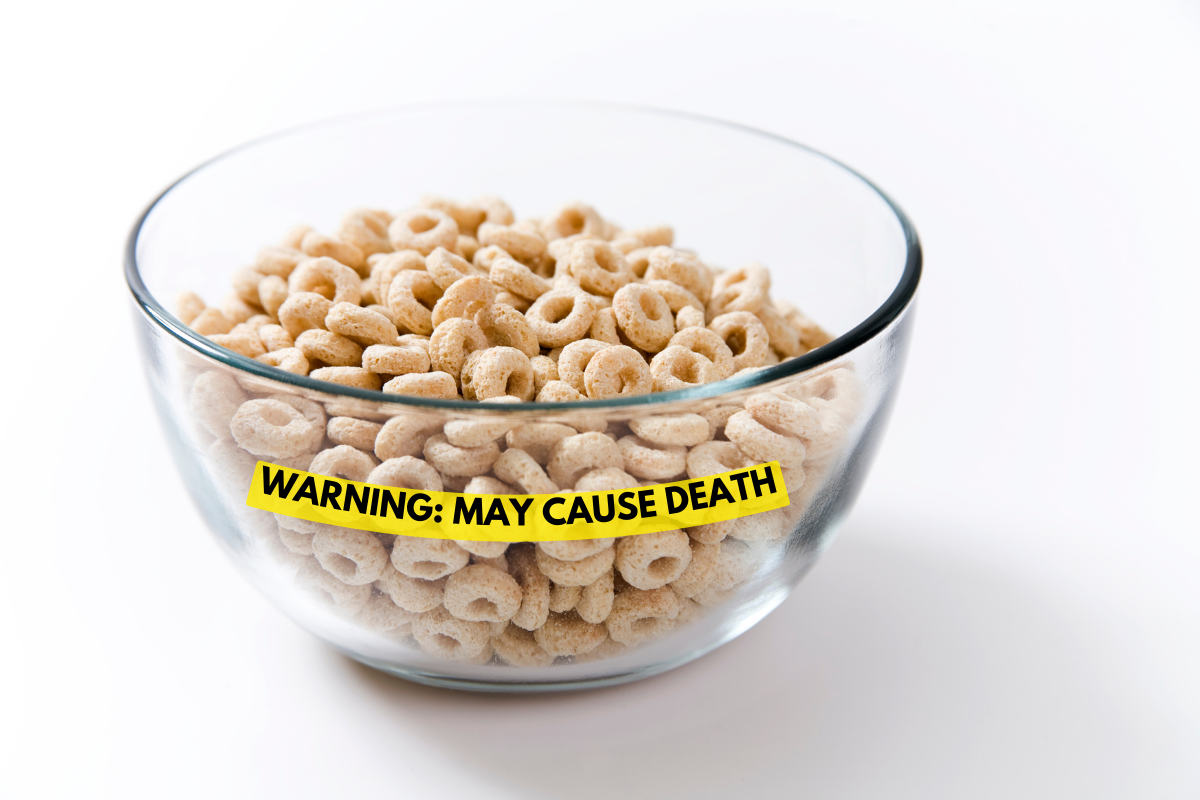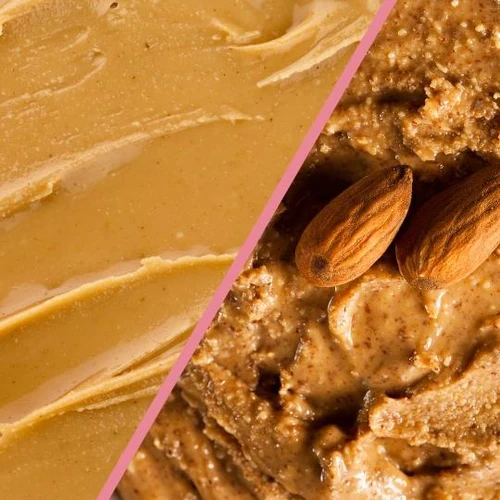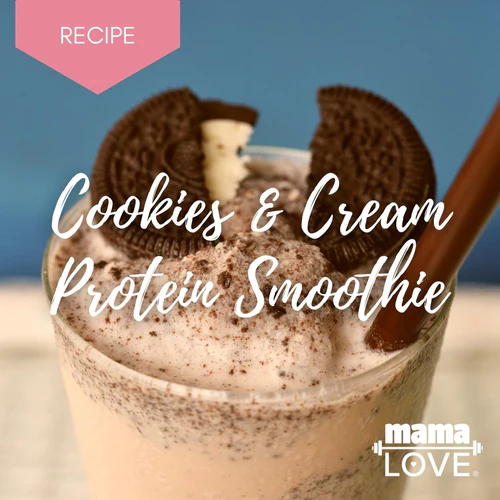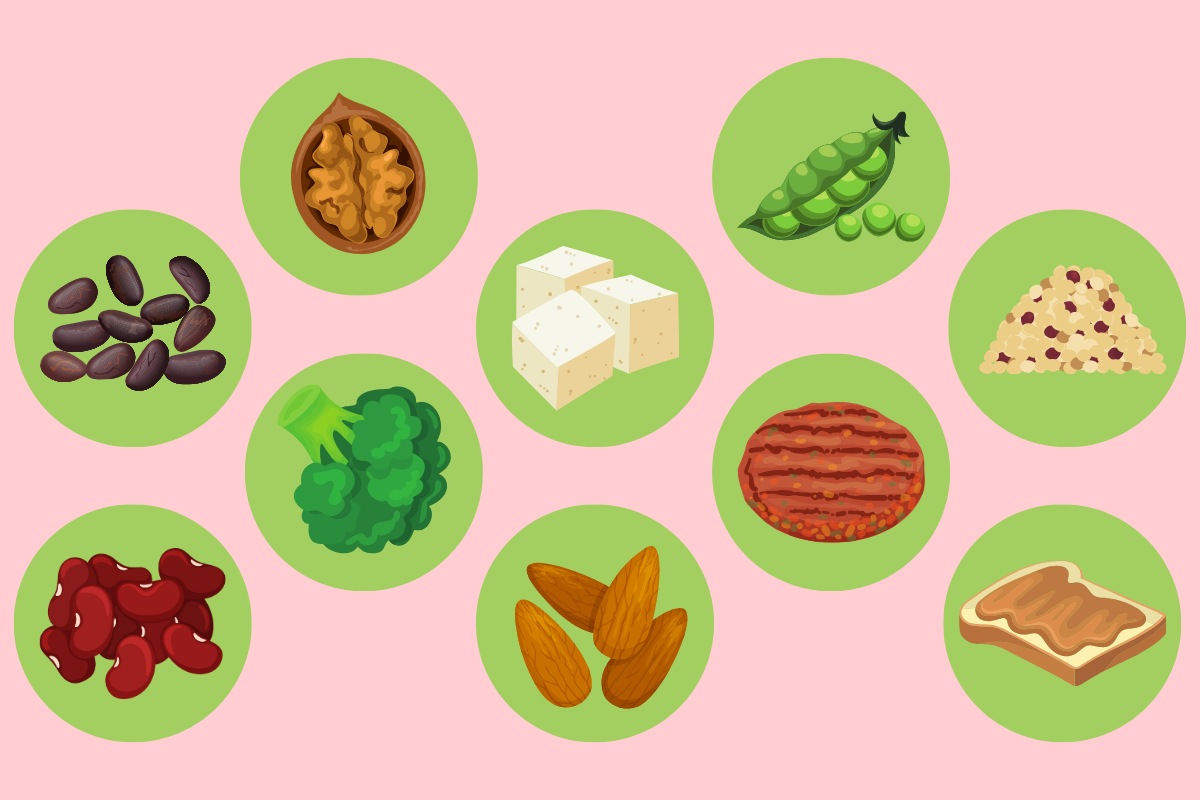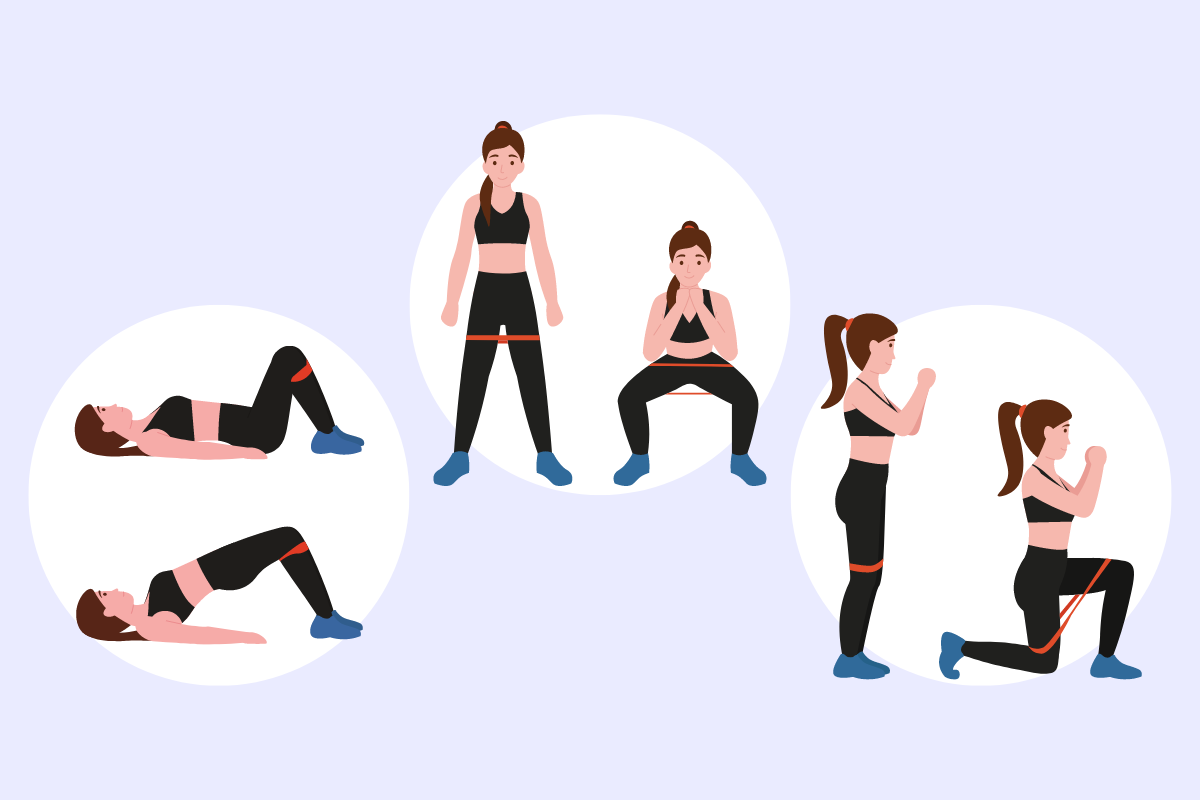
Most diets fail. Whether you want to lose weight or achieve another goal, the chances of perfectly sticking to an eating plan forever are slim to none. That’s true for just about everyone, including vegetarians and vegans.
But that doesn’t mean plant-based eaters should just give up. The reality is, eating less meat and dairy products—whether that’s 50% less or 100% less—has a big impact on the health of the planet.
Plant-Based Eating is Better for the Planet
Greenhouse gases from fossil fuels, industry, and agriculture are the leading cause of climate change, with the meat and dairy industries accounting for around 14.5% of all emissions globally, according to the UN’s Food and Agricultural Organization (1).
Plant-based eating significantly reduces your carbon footprint—even if you still eat meat. You simply need to eat half as much to significantly reduce the negative impact on the planet, according to a study published in Nature Food that looked at people in the UK.
Researchers compared the environmental impact of low meat-eaters who ate less than 50g (1.8oz) of meat per day—which is about one hotdog, and high meat-eaters who ate more than 100g (3.5 oz) daily. They discovered low meat-eaters contribute at least 30% less detrimental greenhouse gas emissions than high meat-eaters (2). Vegans contribute an impressive 75% less than high meat-eaters.
Here in the US, meat consumption is extreme. The average American eats about 265 pounds of meat each year, or roughly around 11.2oz per day (3)—that’s nearly four servings of meat daily. Think: Sausage for breakfast, a burger for lunch, and a whole chicken breast for dinner.
If that eater were to have a plant-based breakfast and lunch, and only one serving of meat for dinner, the planet could breathe a small sigh of relief. Plant-based foods only contribute 29% of the global food-related emissions; animal products contribute 57% (4).
Animals Products Have Big Carbon Footprints
Animal products have big carbon footprints, but the range is wide and reducing greenhouse gas emissions can be done simply by making more planet-friendly choices—chicken instead of beef, beans instead of chicken, for example.
The carbon footprint of chicken is 5.7kg of CO2e*, which is nearly 9 times less than that of beef, but about 11 times more than beans (3, 5). Cheese is almost twice as bad as chicken—clocking in at 10.8kg of CO2e per 100g, due to the high methane output and large carbon footprint of dairy cows (3). From beef to nuts, here’s how some of the most common protein-rich foods measure up.
*CO2e is short for “carbon dioxide equivalent,” and it’s the metric used to compare the atmospheric warming potentials of various greenhouse gases, including carbon dioxide, methane, and nitrous oxide.

- Beef 49.9kg of CO2e per 100g of protein
- Cheese 10.8kg of CO2e per 100g of protein
- Milk 9.5kg of CO2e per 100g of protein
- Pork 7.6kg of CO2e per 100g of protein
- Fish 5.9kg of CO2e per 100g of protein
- Chicken 5.7kg of CO2e per 100g of protein
- Eggs 4.2 of CO2e per 100g of protein
- Tofu 1.9kg of CO2e per 100g of protein
- Beans 0.8kg of CO2e per 100g of protein
- Peas 0.4kg of CO2e per 100g of protein
- Nuts 0.3kg of CO2e per 100g of protein
Ultra-Processed Foods Have Big Carbon Footprints, Too
Plant-based eating is better for the planet, but it’s important to note that simply being plant-based doesn’t mean a food item has a small carbon footprint—ultra-processed foods will always rank high. Looking at data from a study published in PNAS (6), you can see rice milk has a much higher CO2e compared to other milks.

- Rice milk 113.6kg of CO2e per 100g of protein
- Almond milk 13.6kg of CO2e per 100g of protein
- Cow’s milk 10.88kg of CO2e per 100g of protein
- Oat milk 6.7 kg of CO2e per 100g of protein
- Soy milk 3.7kg of CO2e per 100g of protein
To make rice milk, rice first needs to be milled to remove the husk, germ, and bran—all the fibrous bits that contain vitamins and minerals. It’s then combined with water and mixed into a slurry that gets filtered to create a smooth liquid. At that point, oils, salt, stabilizers and flavors are added. This process decidedly places rice milk in the “ultra-processed foods” category on the NOVA scale (7) and all that processing results in more CO2e than a healthier, plant-based option, like soy milk. (You have to read labels, but you can find soy milk made with just two simple ingredients: soybeans and water.)
Plant-Based Eating Doesn’t Have to Be Rigid
If everyone on the planet went vegan, global food-related emissions could be slashed by 70% by 2050 (8). But such a rigid eating plan may not be realistic for you right now—or ever.
Not to mention, a conviction to support the planet may not be enough for you to stick with a no-meat plan for the rest of your life. Research from 2014 shows 84% of vegetarians and vegans return to eating meat again at some point, possibly due to social pressures (9).
Given the data, the best eating plan for the planet is plants only—no meat, no dairy, and certainly nothing ultra-processed. But life isn’t black and white, and some days a veggie omelet is just easier to get on the table than an all-out vegan spread.
“Small changes from being a high meat-eater to a low meat-eater can make a huge difference in environmental impact,” Peter Scarborough, a professor of population health at the University of Oxford and one of the authors of the UK study in Nature Food, reportedly told The New York Times (10).
Being more flexible with the amount of meat or dairy you include in your day can make it easier for you to follow a low-meat or no-meat diet for the long haul. There are lots of ways to go plant-based, and several diets or eating patterns qualify, including:
- Vegan — only plants, including whole grains, vegetables, beans, nuts, and fruits, and plant-based foods
- Vegetarian — mostly plants with occasional servings of dairy and/or eggs (Just watch out for that CO2e-intensive cheese!)
- Pescatarian — mostly plants with occasional servings of fish or seafood
- Flexitarian — at least 75% plants, occasional servings of dairy and eggs, and no more than one portion of meat weekly
- Social Omnivore — vegan or vegetarian at home, will eat meat when out with friends or family (11)
- Demitarian — actively reducing meat and dairy consumption by 50% by cutting the amount in a meal in half or by not eating animal products on certain days (12)
- Reducetarian — eaters “committed to eating less meat and dairy and fewer eggs— following their own hearts and individual motivations” (13)
The first goal for any plant-based eater should simply be to eat less meat. Start with Meatless Mondays, ease your way into Vegan Before 6pm, and from there you can go further, if you’d like.
And don’t beat yourself up—remember, plant-based eating doesn’t have to be black and white, and even hardcore vegans have been known to slide. Replacing a turkey sandwich with a falafel wrap this week means you’re doing better than the average American.
Sources:
- Food and Agriculture Organization of the United Nations. “Livestock solutions for climate change.” 2017. https://openknowledge.fao.org/server/api/core/bitstreams/0d178ab7-b755-4eb2-a6cd-05ba1db35819/content
- Scarborough, P., Clark, M., Cobiac, L. et al. “Vegans, vegetarians, fish-eaters and meat-eaters in the UK show discrepant environmental impacts.” Nature Food. July 2023. doi:10.1038/s43016-023-00795-w
- Gaillac, R., Marbach, S. “The carbon footprint of meat and dairy proteins: A practical perspective to guide low carbon footprint dietary choices.” Journal of Cleaner Production. October 2021. doi:10.1016/j.jclepro.2021.128766.
- Xu, X., Sharma, P., Shu, S. et al. “Global greenhouse gas emissions from animal-based foods are twice those of plant-based foods.” Nature Food. September 2021. doi:10.1038/s43016-021-00358-x
- Poore, J., Nemecek, T. “Reducing food’s environmental impacts through producers and consumers.” Science. June 2018. doi:10.1126/science.aaq0216
- Clark, M, et al. “Estimating the environmental impacts of 57,000 food products.” PNAS. August 2022. doi:10.1073/pnas.212058411
- Drewnowski, A. “Perspective: Identifying Ultra-Processed Plant-Based Milk Alternatives in the USDA Branded Food Products Database.” Advances in Nutrition. November 2021. doi:10.1093/advances/nmab089
- Springmann, M., Charles, H., et. al. “Analysis and valuation of the health and climate change cobenefits of dietary change.” PNAS. March 2016. doi: 10.1073/pnas.152311911
- Faunalytics. “A Summary of Faunalytics’ Study of Current and Former Vegetarians and Vegans.” February 2016. https://faunalytics.org/a-summary-of-faunalytics-study-of-current-and-former-vegetarians-and-vegans/
- Buckley, C. “Save the Planet, Put Down that Hamburger.” The New York Times. July 2023. https://www.nytimes.com/2023/07/21/climate/diet-vegan-meat-emissions.html
- Pointing, C. “Being a Social Omnivore Is Rising In Popularity—Is This a Good Thing or Bad Thing?” VegNews. May 2023. https://vegnews.com/vegan-health-wellness/social-omnivore-rising-popularity
- Westhoek H., Lesschen J.P., et. al. (2015) “Nitrogen on the Table: The influence of food choices on nitrogen emissions and the European environment.” European Nitrogen Assessment Special Report on Nitrogen and Food. 2015. https://www.clrtap-tfrn.org/sites/clrtap-tfrn.org/files/documents/Nitrogen_on_the_Table_Report_WEB.pdf
- Reducetarian Foundation. “The Reducetarian Guide.” https://www.reducetarian.org/reducetarian-guide

